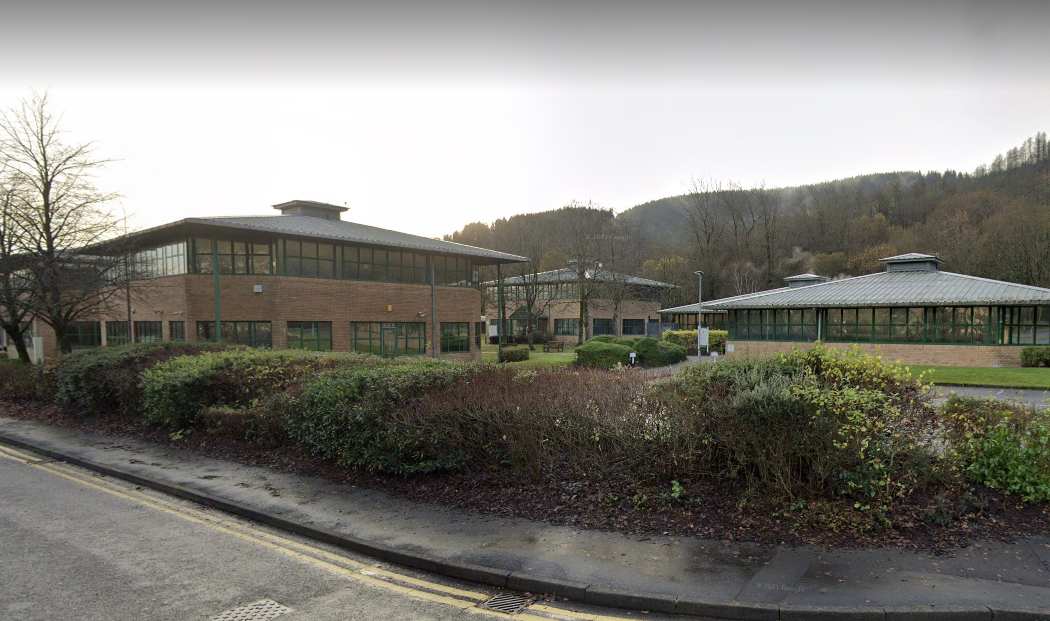Three months on from the February storms, Natural Resources Wales (NRW) has underlined its commitment to doing all it can to help make Wales’ communities more resilient to the effects of extreme weather events.
Against the backdrop of coronavirus restrictions, NRW has been working continuously on its vital flood recovery and review activities, learning lessons from the incidents and undertaking essential inspections and repairs to flood defences affected by storms Ciara, Dennis and Jorge.
The three storms to hit the UK in as many weeks earlier this year led to the most severe and widespread flooding incidents seen in Wales for many years. NRW’s dedicated and experienced teams were out in force before, during and after the storms, working closely with local authorities and emergency services to prepare and respond to the events.
At the peak of storm Dennis, there were 61 flood alerts, 89 flood warnings and two severe flood warnings in force – more than NRW has ever issued for a single storm before.
The River Taff at Pontypridd reached its highest levels in more than 40 years – 80 cm higher than the level recorded during the floods that devastated much of Cardiff and Rhondda Cynon Taf in 1979.
At the peak of the flood in Pontypridd, NRW estimates that 740 tonnes of water per second was flowing down the River Taff – enough to fill an Olympic-sized swimming pool every three seconds.
The Met Office later confirmed that February 2020 was the wettest February on record.
While the data reinforces the magnitude of the events, the personal impacts of the storms were felt right across the country.
North Wales communities experienced the full effect of storm Ciara, and the impacts of Dennis were felt strongly in many communities across south Wales, particularly in Rhondda Cynon Taf.
A comprehensive flood recovery and review process is now underway with NRW working alongside local authorities and partner agencies across Wales to learn from the effects of the storms.
CEO of NRW Clare Pillman said:
Over the last three months NRW has also been putting the most at-risk communities front and centre of its recovery efforts, with the aim of managing the flood risk and building resilience for the future – even in the unprecedented circumstances Wales experienced just three months ago.
Work carried out to date has included:
Jeremy Parr, head of flood and incident risk management at NRW, said:



